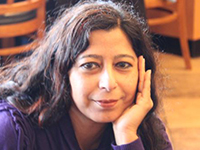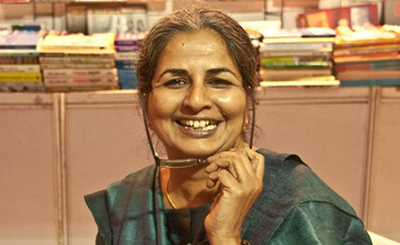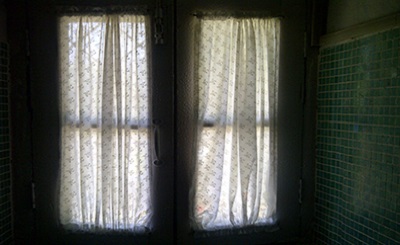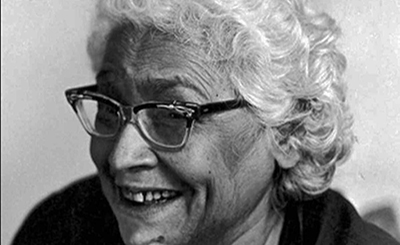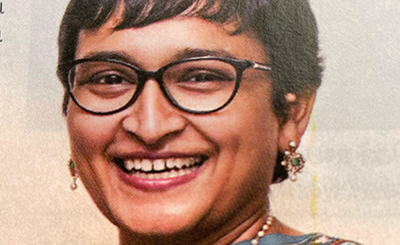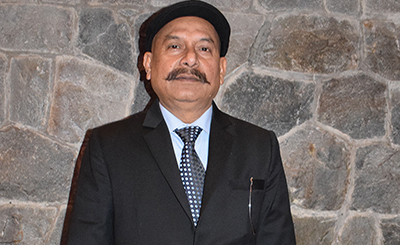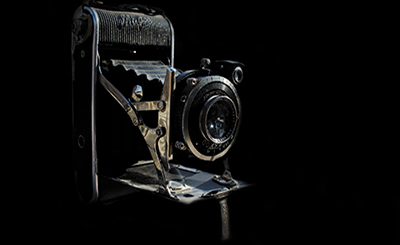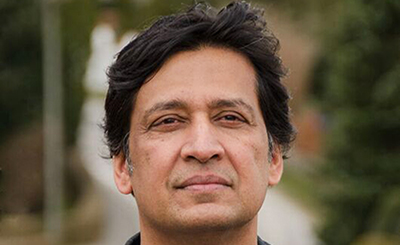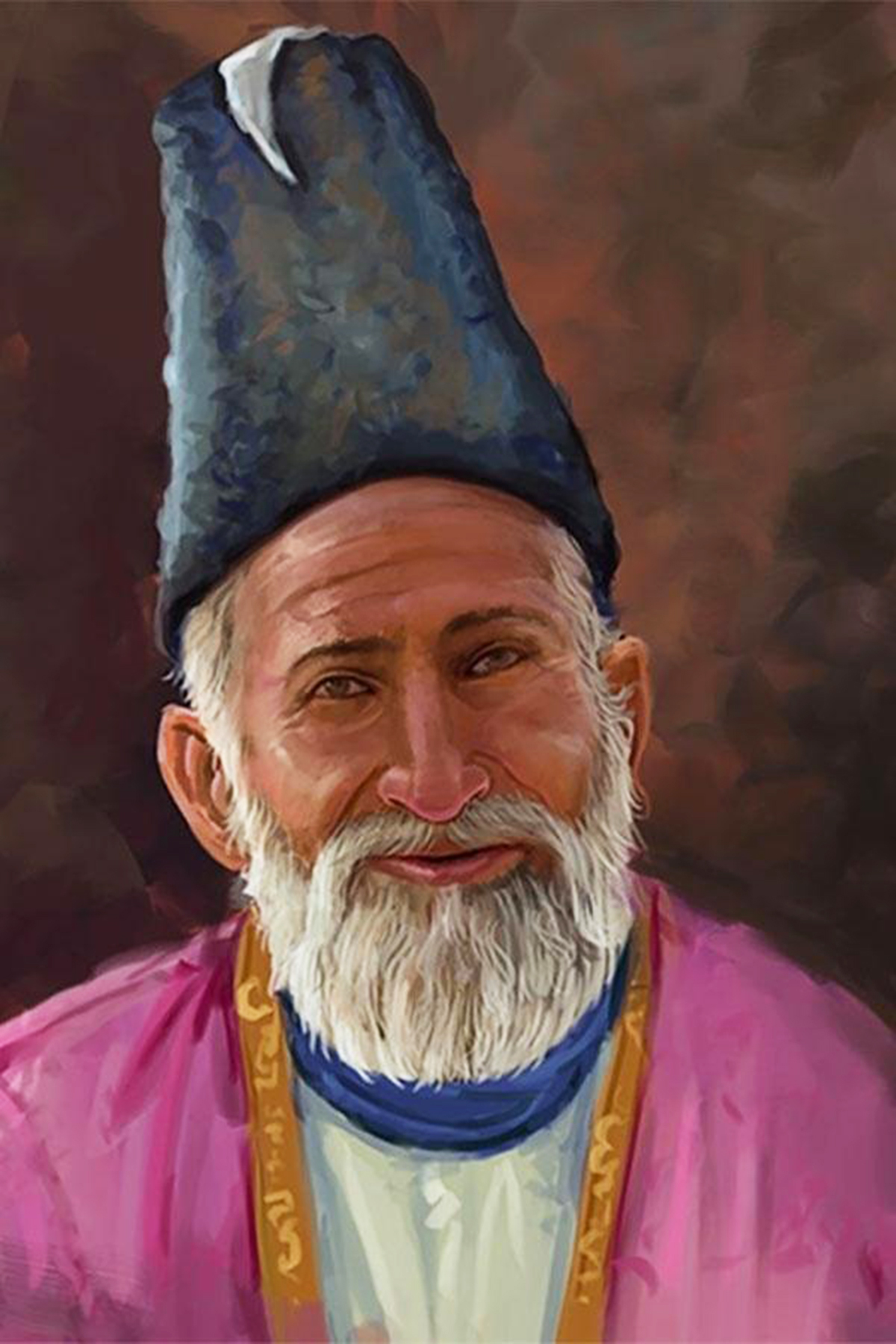
Poetry in essence is ink-blood
That the scribe draws with a perfumed reed;
What worries can the poet have, if these unique verses,
Become memorable to those for whom they were written?
Asadullah Khan Ghalib
In my opinion Ghalib had the right to remove and discard his own poetry. He retained what he liked and took out what he did not like. But we do not have that right. Until this manuscript was found, the situation was different…How Ghalib must have suffered in cutting off these pieces of his heart. He must have endured so much heartache and misery.
Mufti Anvarul Haq, Editor, Divān-e Ghalib Jadīd al ma’ruf ba Nuskhah-e Hamidiyyah
Ghalib’s readers would have been deprived of almost half his poetry if the handwritten copies of his earlier Divāns had not been found. The first among these copies referred to as nuskhah in Urdu was discovered in 1917 in Bhopal some fifty years after Ghalib’s death. It is known as the Nuskhah-e Bhopal (Bhopal Manuscript) or Nuskhah-e Hamidiyyah (Hamidiyyah Manuscript). The Nuskhah-e Hamidiyyah, technically, is a published version of the manuscript. The provenance of this manuscript is convoluted. There are intricate twists around its journey from Delhi, to Bhopal, in central India. But more important is the debate surrounding the text itself, the corrections, notations in the margins, additions of entire ghazals, plus an assortment of materials in the first few pages preceding the main text, and also at the end of the manuscript. Quite a lot has been written about these issues by scholars who specialize in Ghalib studies. Yet, the discourse around the manuscript is not conclusive or complete because many questions are unresolved. The matter was complicated by the disappearance of the manuscript in the mayhem of Partition or sometime before the sundering of British India. A flawed edition had been published in 19211. Subsequent editions have been revisions of the first one, supplemented with notes taken by the scholars who had seen the nuskhah before it disappeared from the public domain.
The manuscript (completed in 1821) was in the personal library of Faujdar Muhammad Khan, youngest maternal uncle of Navab Sikandar Jahan Begum, ruler of the state of Bhopal. Begum Sikandar’s 21-year reign (1847-68) was the golden period of Bhopal’s history. She presided over a dynamic, reform-oriented regime. Resisting pressure from her advisors, Sikandar Begum had the foresight, to side with the British in the 1857 Revolt3. Hearing of Ghalib’s struggles after 1857, she had invited him to take up residence at Bhopal. But Ghalib, despite his financial difficulties, was always reluctant to leave Delhi. Although Ghalib did not accept the offer to visit Bhopal, it seems that the Begum sent him monetary gifts through her uncle Faujdar Muhammad Khan. Salim Hamid Rizvi makes a plausible, though unsubstantiated claim that Faujdar Mohammad Khan acquired the manuscript from Ghalib on one of these visits4:
She [Navab Begum Sikandar] occasionally sent her uncle Miyan Faujdar Muhammad Khan to Ghalib with monetary gifts. The result of these comings and goings was that Ghalib presented Faujdar Muhammad Khan a nuskhah of his original divān that had been corrected in his own hand. This nuskhah became the jewel of Faujdar Khan’s library.
Faujdar Muhammad Khan (d.1865) was a learned nobleman; a polymath who specialized in grammar, prosody, logic, Islamic law, mathematics, unani medicine and geography. He was a scholar of literature who also possessed a deep knowledge of music He was an avid collector of books5. It is not surprising that a nuskhah of Ghalib’s divān should be in his library. We also know that Faujdar Muhammad Khan was an admirer of Ghalib’s work. Apparently, Ghalib and Faujdar Muhammad Khan wrote to one another, but no letters have survived to prove this claim. Faujdar Muhammad Khan’s son NavabYār Muhammad Khan Shaukat (1823? -1913) inherited his father’s love of literature. He showed an interest in writing poetry even as a child. As soon as he was old enough, Faujdar Muhammad Khan took him to Delhi and requested Ghalib to accept him as a pupil. Ghalib was getting on in years. He accepted the special pupil (shagird) with the suggestion that he show his compositions to Maulana Muhammad Abbas Raf‘at6. However, according to Abdul Qavi Dasnavi, Navab Yār Muhammad Khan did not accompany his father but his aunt Navab Begum Sikandar Jahan when she travelled to Delhi to meet Lord Lake in 1866. He went to meet Ghalib who accepted him as a pupil and suggested the pen name Shaukat7. Although the Navab did not benefit directly from Ghalib’s mentoring, he did mature as a poet with a published divan.8
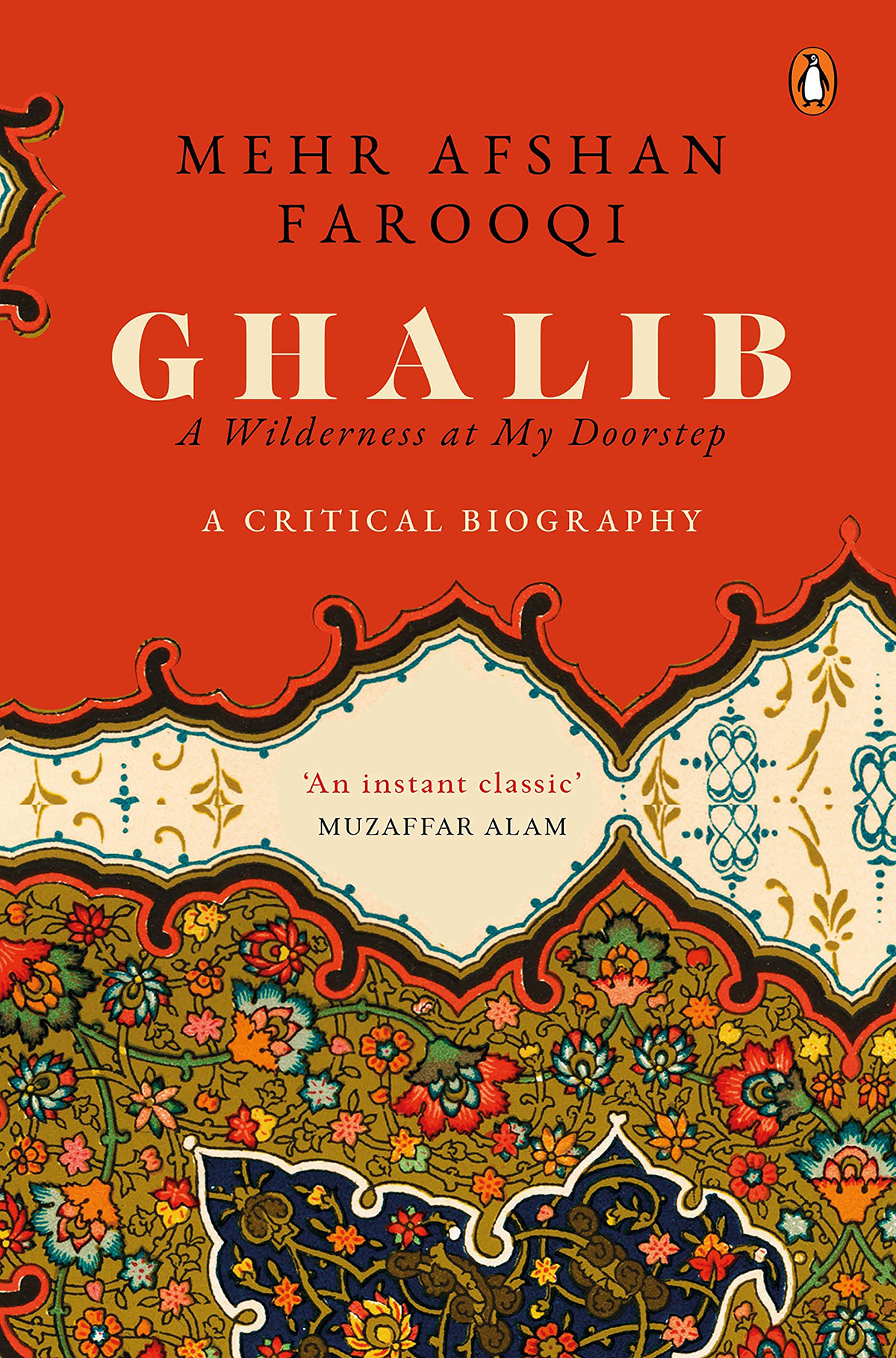
The story of the manuscript’s acquisition by Faujdar Muhammad Khan is interesting for historical and anecdotal purposes but not quite as important for its authentication. The Nuskhah-e Hamidiyyah (Divan of 1821) bears Faujdar Muhammad Khan’s octagonal seal on several pages; at the beginning, end, and randomly throughout the manuscript. The larger of the two seals is more ornate, encircled with a traditional, hand painted design in indigo, green, red and gold. It bears the date 1261 hijri (approximately 1845). The smaller seal has an earlier date: 1248 hijri (approximately 1832). Fortunately, the manuscript has an unblemished colophon giving the date of its completion, hijri 1237, which corresponds to November 1821. The completion date 1821,indicates that the manuscript was calligraphed eleven years prior to the accession date (1832) on Faujdar Muhammad Khan’s seal. The difference in these dates has produced speculations as to where the manuscript was before it reached Faujdar Muhammad Khan’s library. Was it with Ghalib or with someone else? I will go into these details later in this chapter.
Bhopal was the site of another, earlier, and in some respects more important manuscript of Ghalib’s Divān that was discovered as late as 1969, the year his death centenary was commemorated with many literary conferences and publications. This manuscript, presumably in Ghalib’s hand, was completed in 1816 when Ghalib was nineteen! Since both manuscripts were found in Bhopal, there has been confusion in naming the codices. This coincidence is almost as muddling as the dilemma of how to refer to the poems that they contain. Both manuscripts had disappeared; although, as we shall see, the Faujdar Mohammad Khan manuscript or the Nuskhah-e Hamidiyyah has recently resurfaced9. The 1816 Divan has surfaced as well10.
Page
Donate Now
More from The Byword
Comments
*Comments will be moderated



